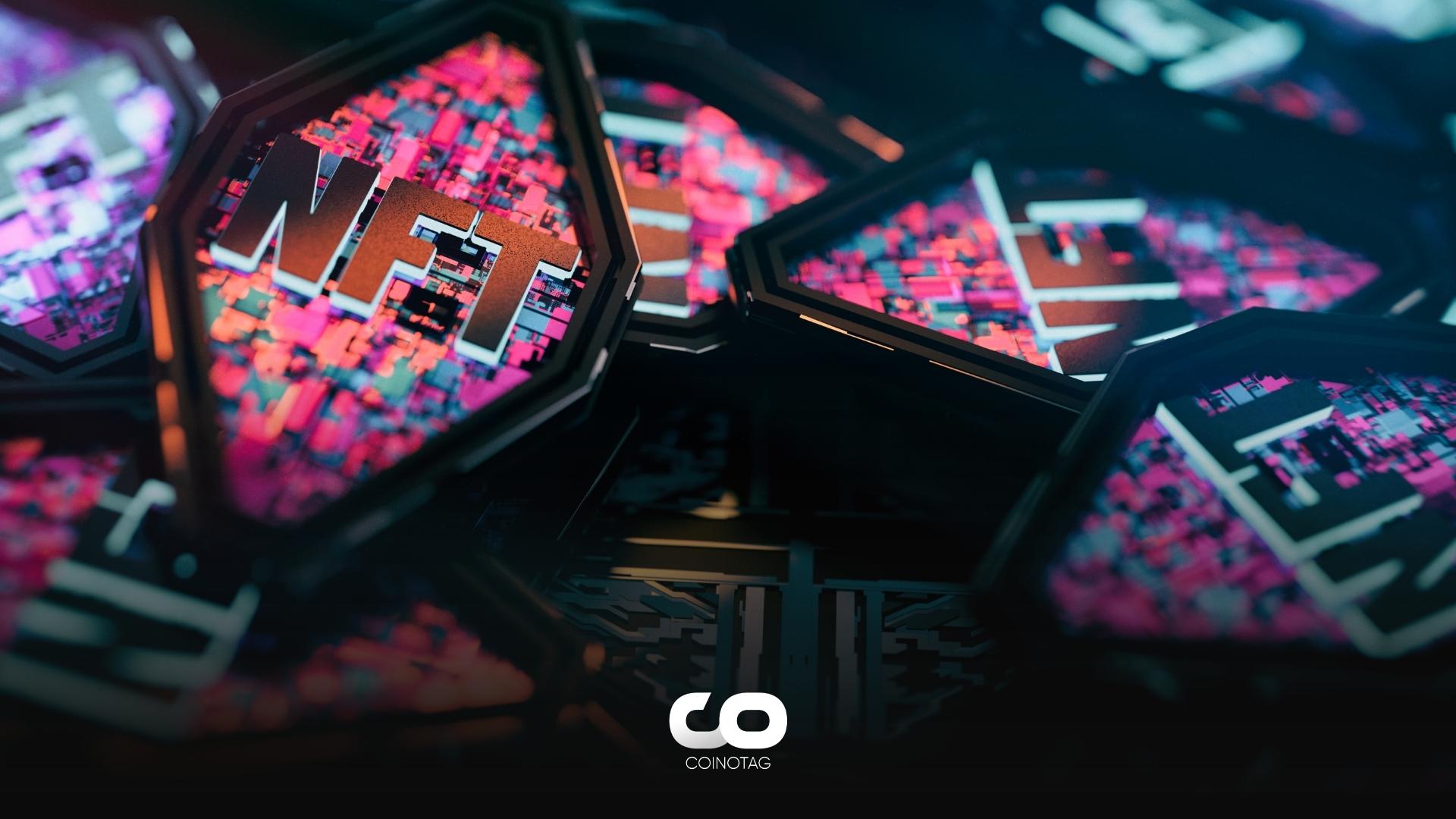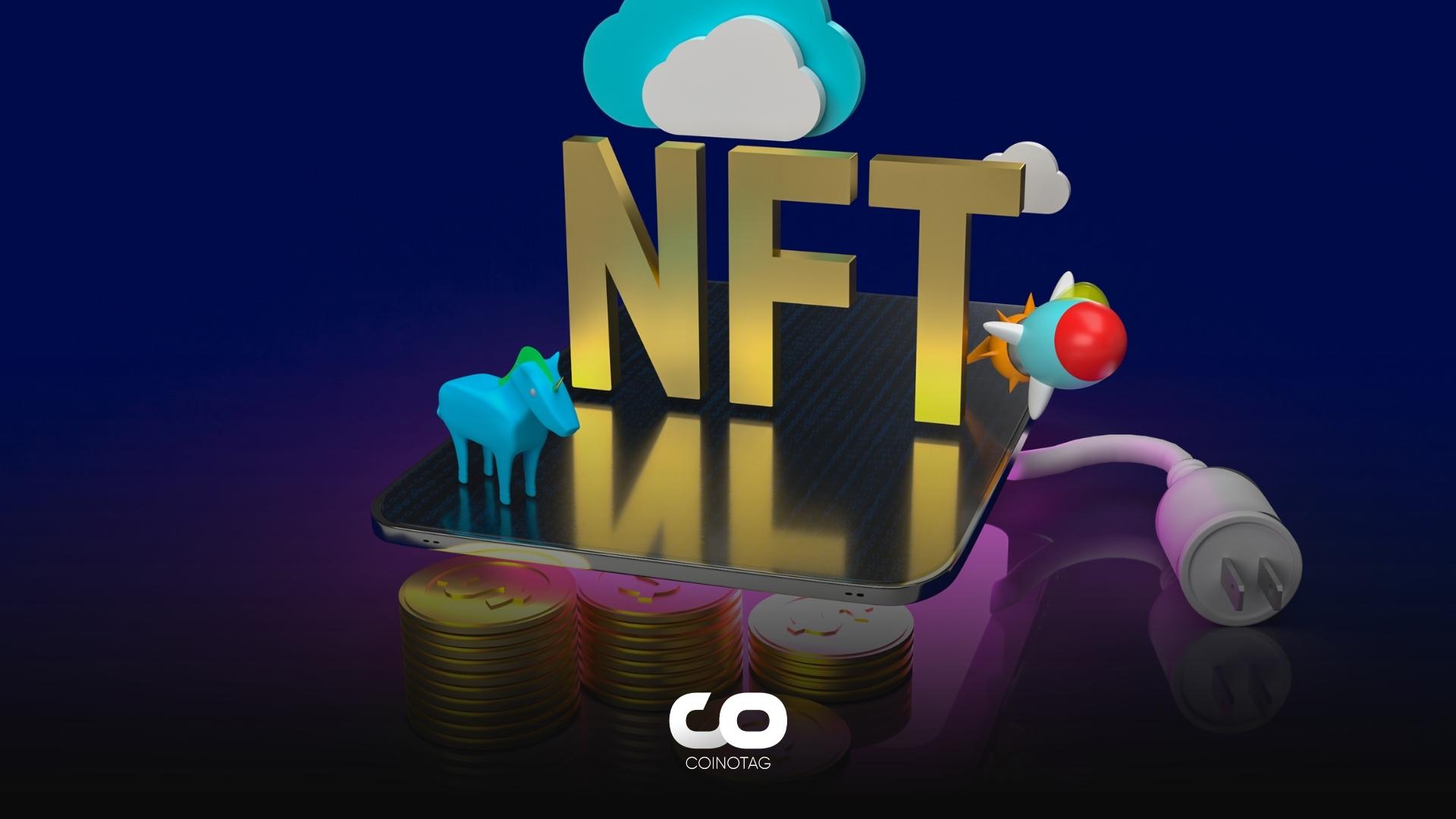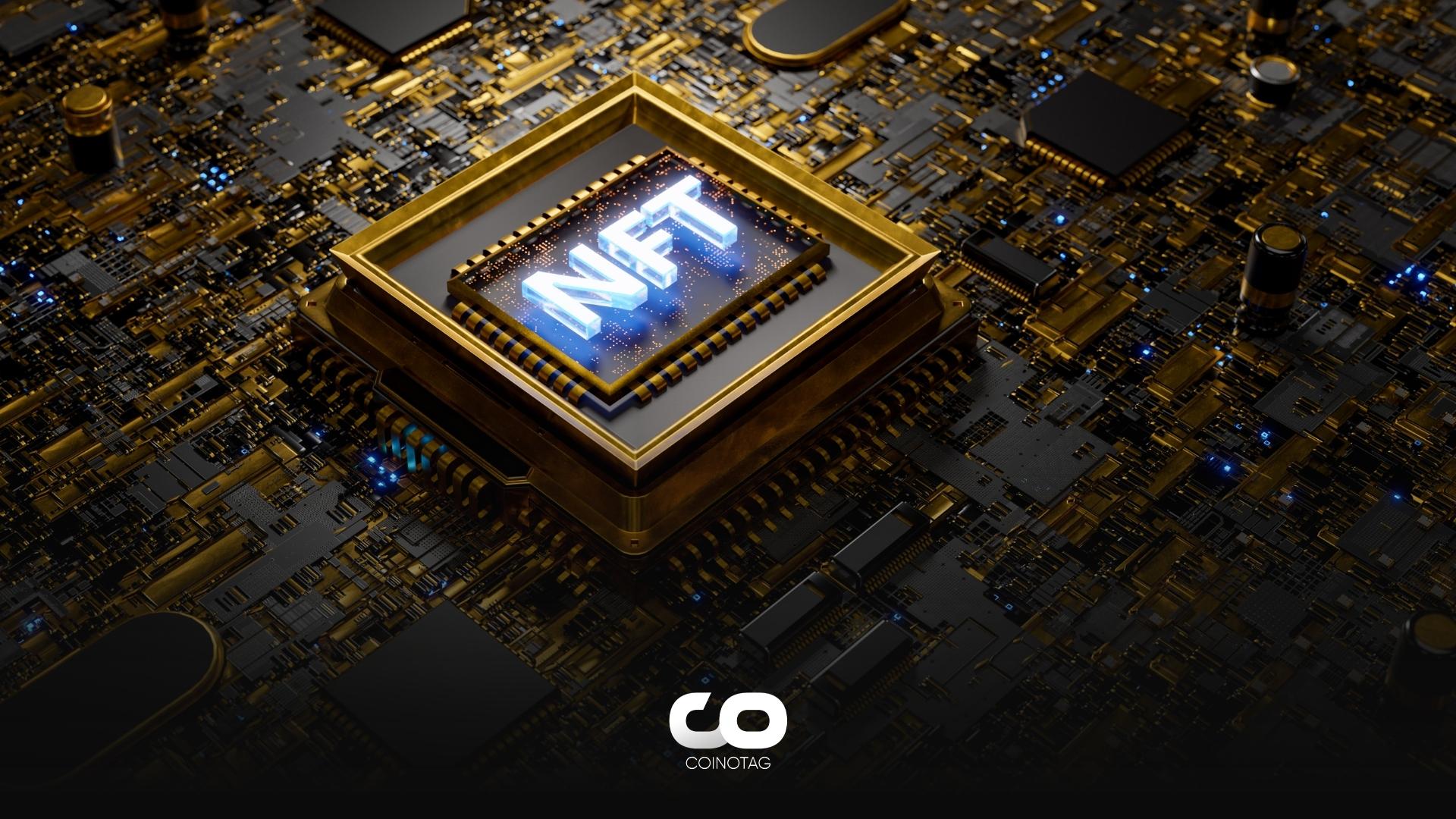- Non-fungible tokens (NFTs) have experienced a significant surge in popularity, with Ethereum being the most commonly used blockchain for these tokens.
- Bitcoin has recently seen a revolutionary development that allows for the efficient creation of NFTs on its platform.
- Ordinals, a protocol launched by Bitcoin developer Casey Rodarmor, enables the creation of NFTs on the Bitcoin network, with all data directly written on the chain.
In recent years, NFTs have seen a significant rise in popularity, with Ethereum being the most commonly used blockchain for these tokens. However, Bitcoin has recently seen a revolutionary development that allows for the efficient creation of NFTs on its platform. This development is known as Ordinals, a protocol launched by Bitcoin developer Casey Rodarmor.
Bitcoin’s Evolution with NFTs
While the concept of NFTs on Bitcoin is not new, it was not until recently that it became efficient and usable. In the early days, Bitcoin NFTs were created on the Counterparty platform, which was built on top of Bitcoin. However, these early attempts did not achieve the desired efficiency, and Bitcoin was not suitable for such uses at the time.
Over time, Bitcoin has evolved technologically. Developments such as SegWit, Lightning Network, and Taproot have opened the door for Bitcoin to exist in different use cases beyond being an electronic cash system. One of the fruits of this process is the recently discussed Ordinal NFTs.
What are Ordinals?
Launched in January by Bitcoin developer and software engineer Casey Rodarmor, the Ordinals protocol allows for the creation of NFTs on the Bitcoin network. These NFTs, also known as Bitcoin NFTs, are created by adding data to satoshis, the smallest unit of Bitcoin. This process allows for the creation of a new type of digital asset, which the developer refers to as “Inscriptions”.
How do Ordinals Differ from Other NFTs?
The key difference between Ordinal NFTs and those on Ethereum and other blockchains is that all data for Ordinal NFTs is directly written on the chain. In contrast, data for NFTs on other blockchains often needs to be stored off-chain, creating a trust issue. This unique feature of Ordinal NFTs has helped them gain a significant following.
Impact of Ordinals on Bitcoin’s Block Size
The introduction of the Ordinals protocol led to a significant increase in the creation of NFTs on the Bitcoin network. This increase in activity resulted in a substantial increase in the size of Bitcoin blocks and a surge in the number of transactions waiting in the memory pool. Some blocks even approached a size of 4 MB, a significant increase from the usual size of 1.5 MB.
Conclusion
Despite some initial skepticism, Ordinals have gained significant popularity and have led to the creation of numerous NFT collections on the Bitcoin network. Some of these NFTs have already sold for tens of thousands of dollars. As the technology continues to evolve, it will be interesting to see how the landscape of NFTs on Bitcoin develops.



